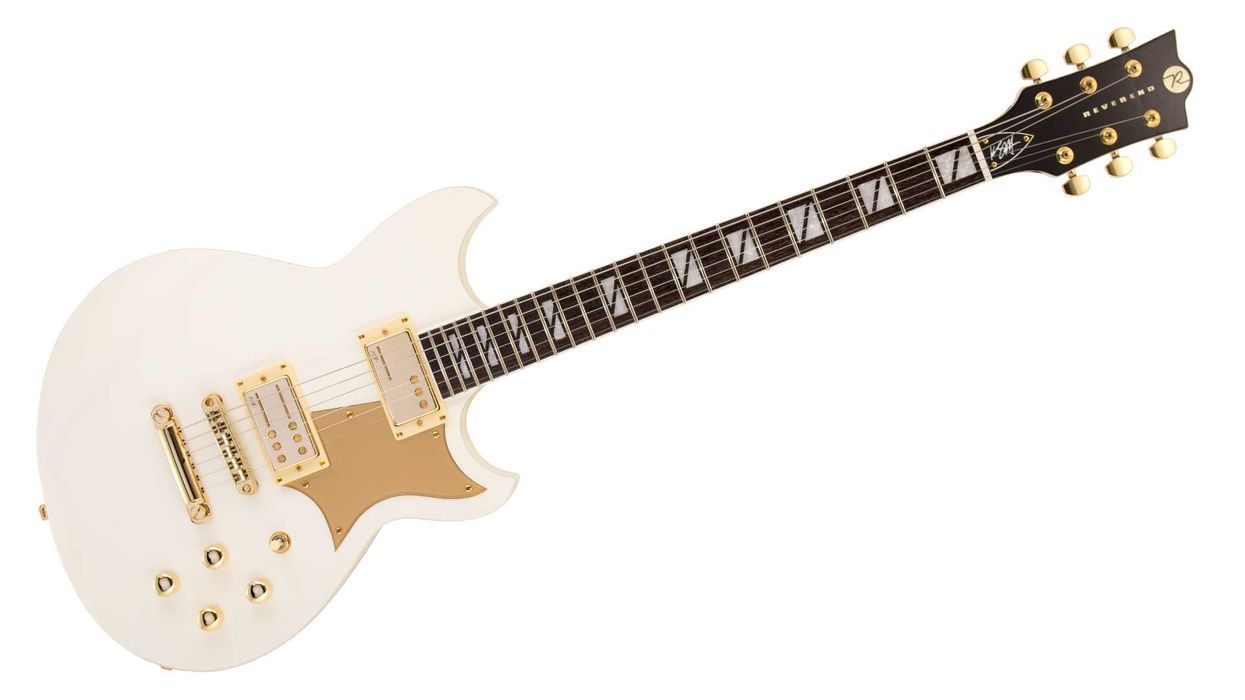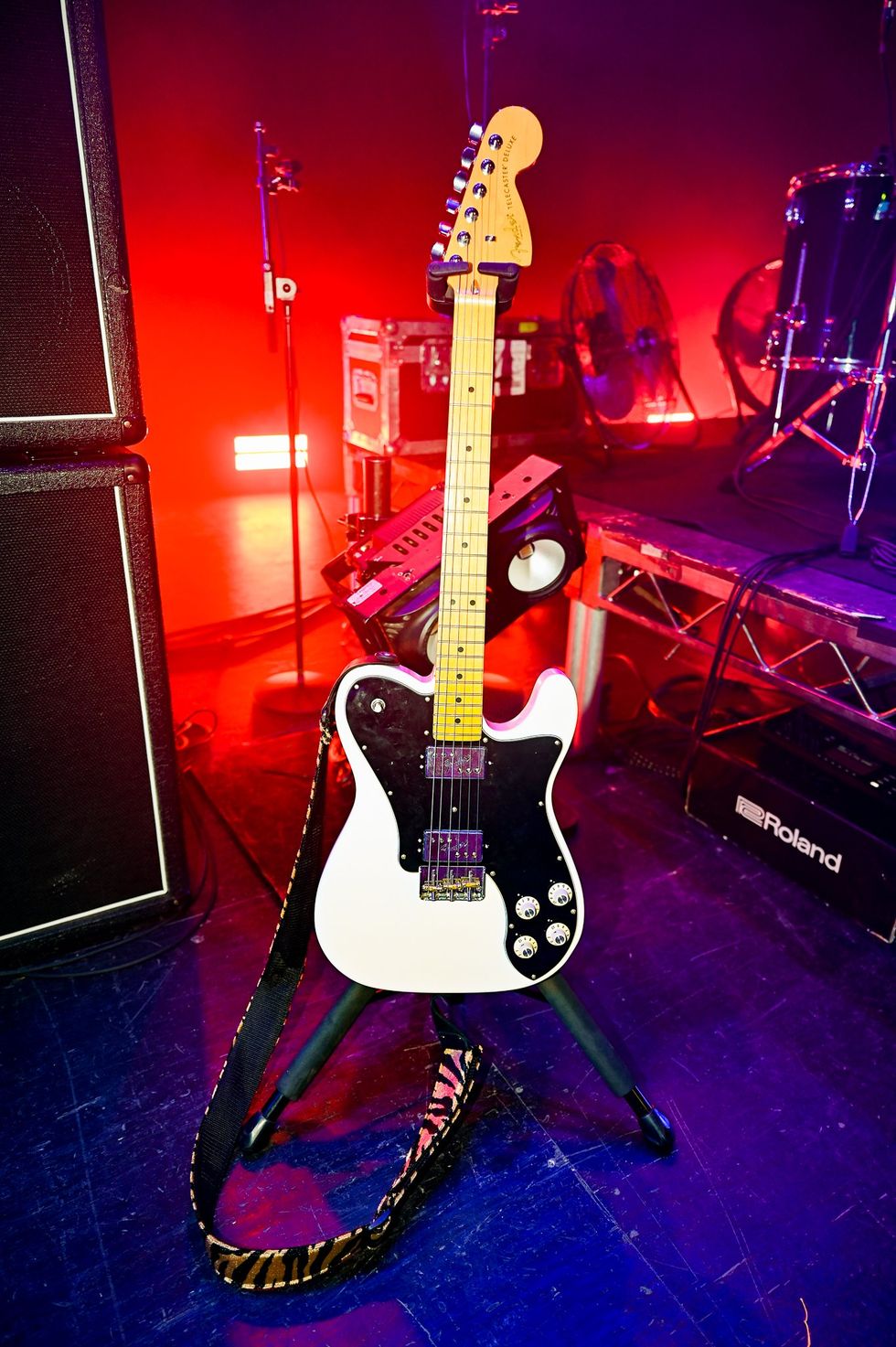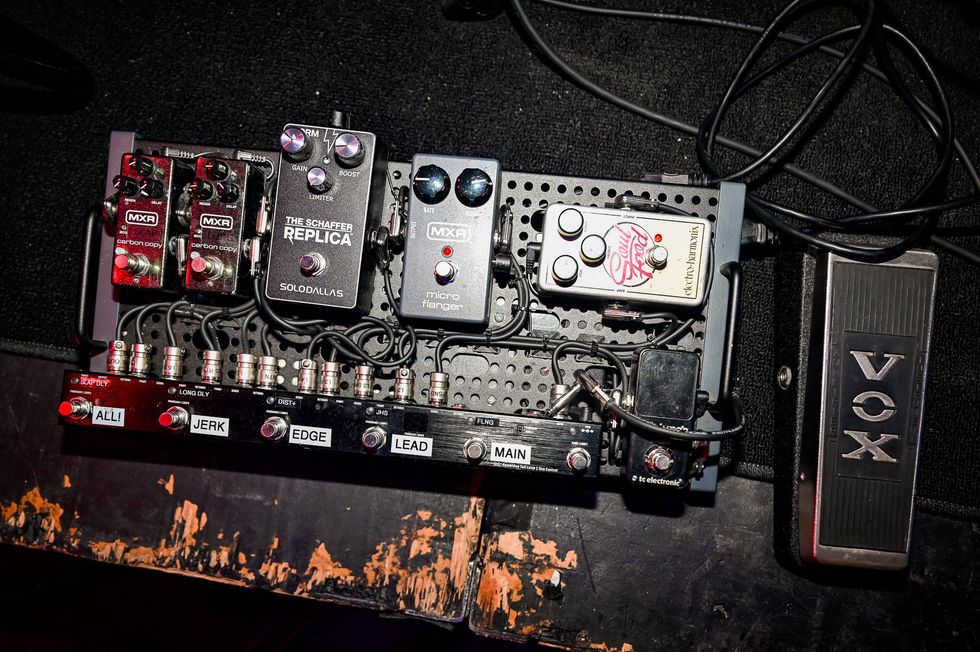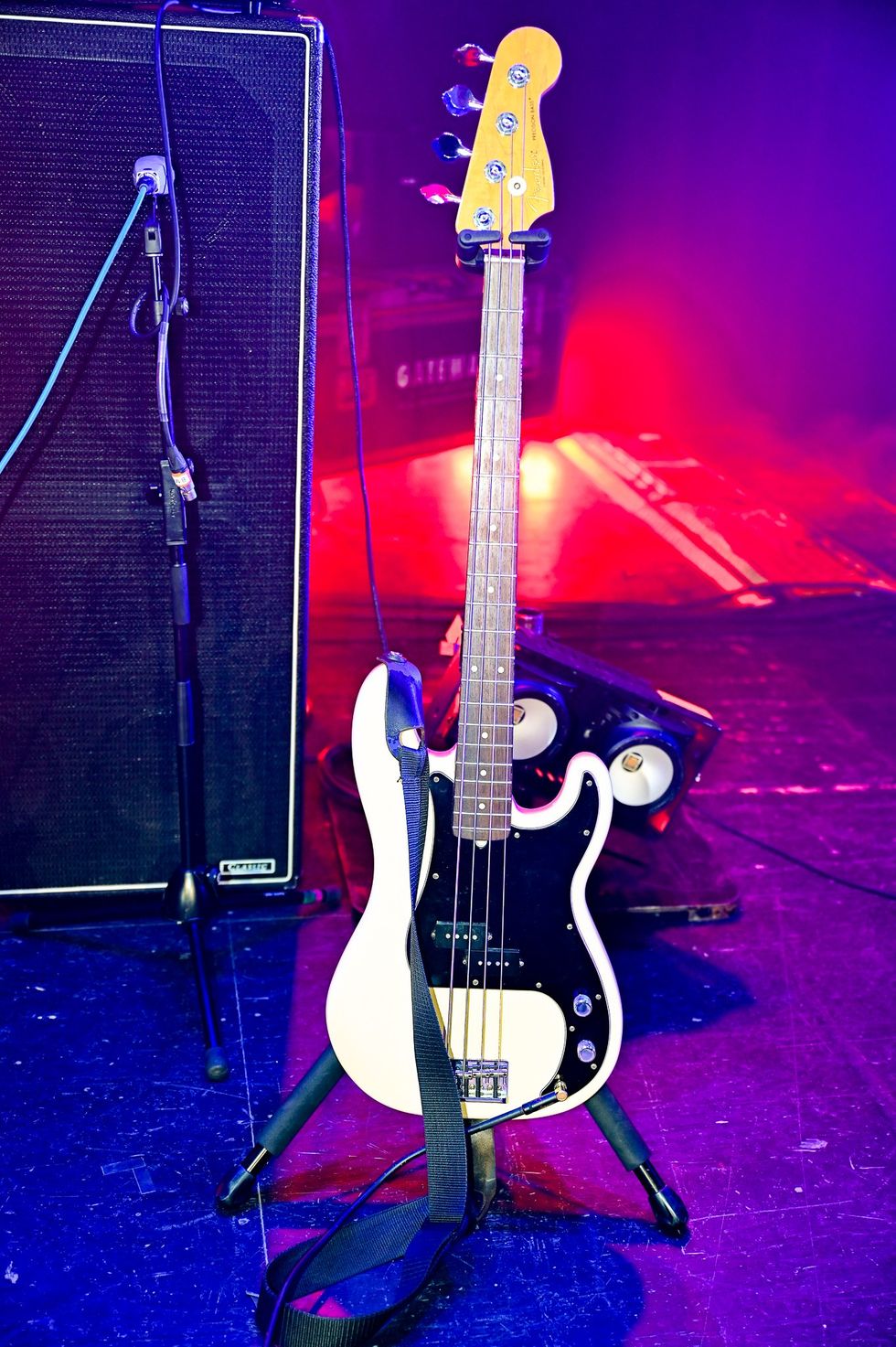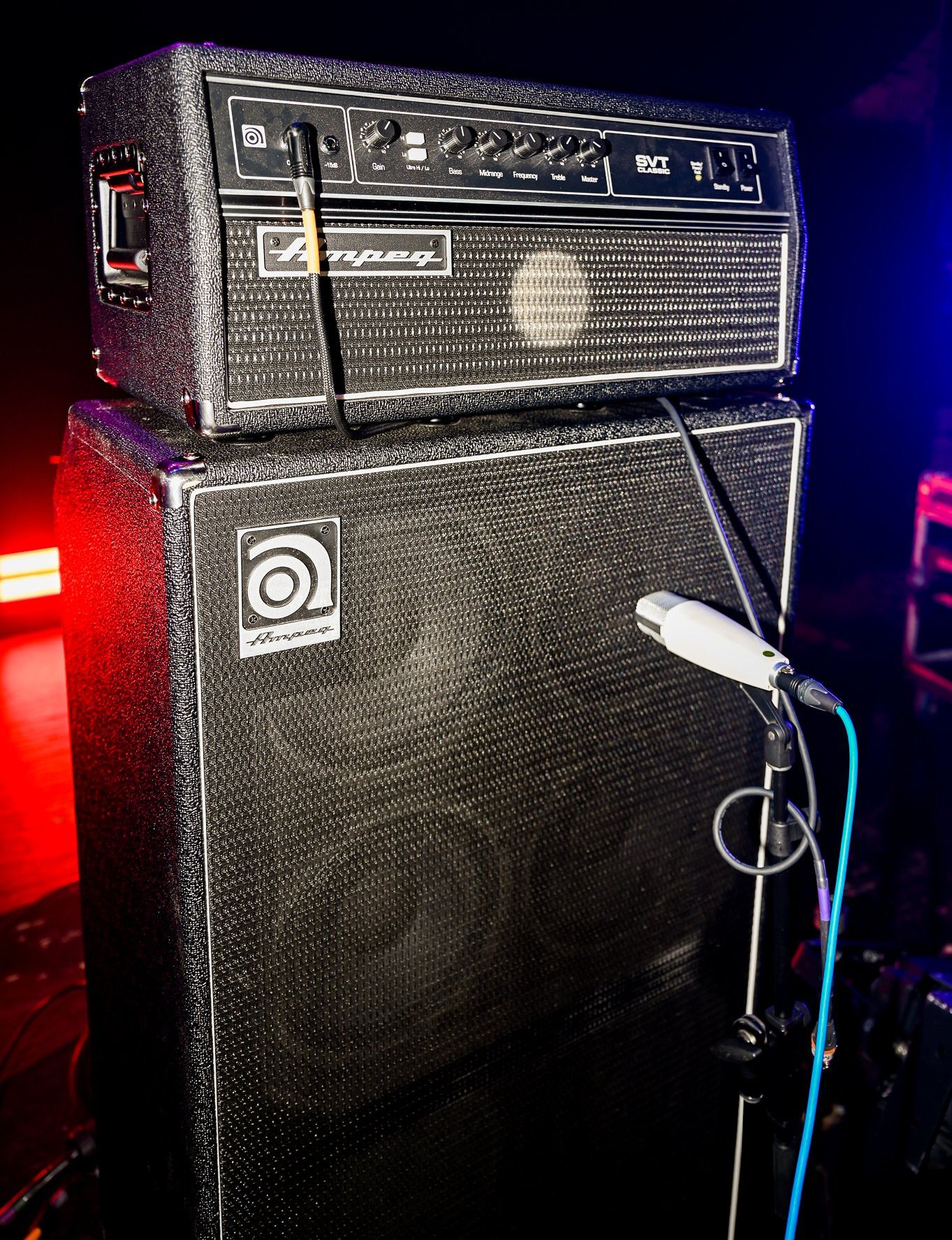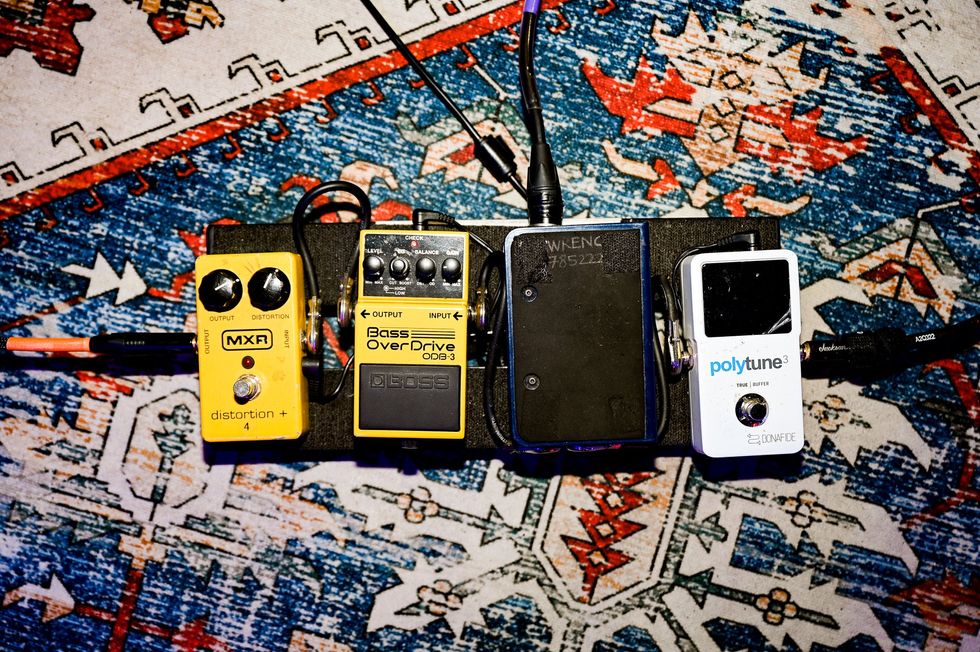1. A 1971 Gibson SB 300 bass with embossed script logo
single-coil pickups. 2. Hurray! All original solder joints
and components. 3. The bridge cover with Gibson’s nostalgic
script logo. 4. The original nylon saddles have collapsed
on this Multiplex adjustable bridge.
Recently, a client brought in a cool 1971 Gibson SB 300 for me to inspect and prepare for sale. The SB 300 is a double-cutaway bass with a nitrocellulose-finished alder body, a set 3-piece maple neck, and 30.5"-scale rosewood fretboard. As I played this short-scale bass acoustically, I was treated to a very clear, even tone with no dead spots or resonating hot spots. When it comes to bass construction, you just can’t go wrong with this combination of alder, maple, and rosewood.
The SB 300 was Gibson’s first bass to have single-coil pickups, and it sounds great amplified, too. The controls are simple—a master volume, tone control, and an on/off slider switch for each script-embossed pickup.
Peering under the metal control plate, I was delighted to see all-original solder joints. The Centralab 250k volume and tone pots had a code of 1346607, which indicated they were manufactured in 1966. Fortunately, no one had pirated these parts for a ’66 restoration. Checking the electronics, I found everything to be in excellent working order.
The problem lay in the Multiplex adjustable bridge. The unit itself is made of metal, but the original saddles are made of nylon 6-6, a material used in bearings and gears due to its abrasion resistance and self-lubricating properties. Though nylon 6-6 can be successfully used in many applications, bass saddles isn’t one of them—at least over the long term. On this bass, the saddles had collapsed from supporting medium-gauge strings for years.
After removing the collapsed saddles from their intonation screws, I was able to construct a model of the original saddle from various broken saddle pieces. This was a crucial first step in finding replacement saddles.
5. Comparing
a reconstructed nylon saddle (left) to the Graph Tech Tusq
replacement. To make it fit in the Gibson bridge, I’ll need
to remove a little material from below the new saddle’s
“shoulders.” 6. Shaping the replacement Tusq saddle.
7. Slotting the low-E saddle with a .105” nut-slotting file.
Examining the reconstructed saddle, I realized that with some fabrication I could use traditional Nashville Tune-o-matic metal saddles. I was reluctant to do this, however, because I wanted to stay as close as possible to the original design. At the same time, I really didn’t want to craft new saddles from nylon material. I had to assume this bass was going to be played hard, and I wanted it to be completely roadworthy after leaving our shop.
After weighing our options, the owner and I decided to go with Graph Tech Tusq saddles. Billed as “man-made ivory,” Tusq is a synthetic material with both the strength and visual appearance we were looking for. I selected Graph Tech’s #8501- 00 model, which is a replacement for the post-2000 Gibson Nashville Tune-o-matic bridge saddles. With a little modification, these saddles would fit in the SB 300’s Multiplex bridge.
Gripping each saddle in a nut and saddle vise (item #1816 from stewmac. com), I trimmed away the required material with nut and saddle-shaping files (item #4556). With some careful work, the modified saddles perfectly fit the vintage Gibson bridge. The last step was to use gauged nut-slotting files (#5313) to cut string slots that were sized to securely hold each string and match the fretboard radius. With that done, this bass was ready to provide many more years of toneful service.
 John Brown is the
inventor of the Fretted/Less
bass. He owns and operates
Brown’s Guitar Factory,
a guitar manufacturing,
repair, and restoration facility
staffed by a team of talented
luthiers. His guitar-tool and accessory designs
are used by builders all over the world. Visit
brownsguitarfactory.com or email John at
info@brownsguitarfactory.com.
John Brown is the
inventor of the Fretted/Less
bass. He owns and operates
Brown’s Guitar Factory,
a guitar manufacturing,
repair, and restoration facility
staffed by a team of talented
luthiers. His guitar-tool and accessory designs
are used by builders all over the world. Visit
brownsguitarfactory.com or email John at
info@brownsguitarfactory.com.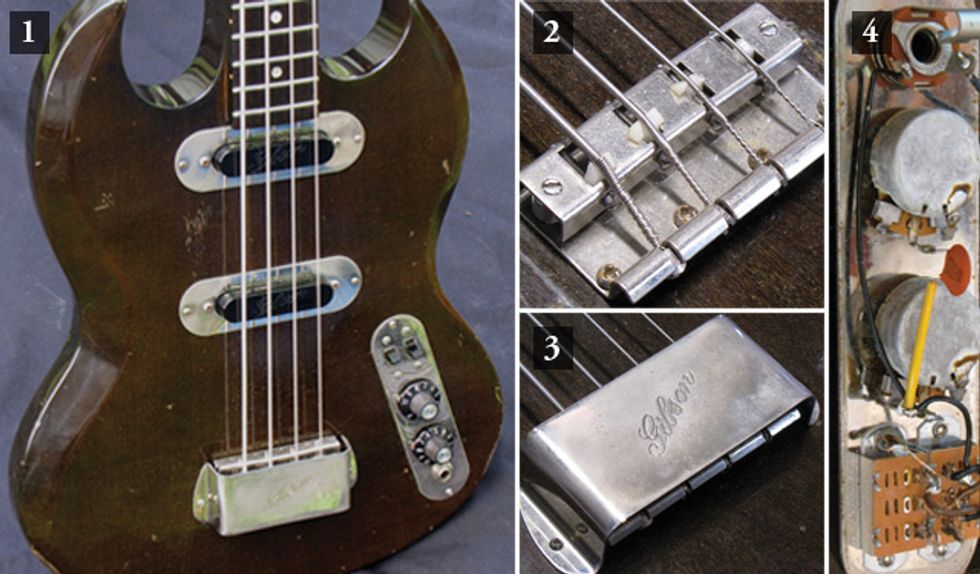
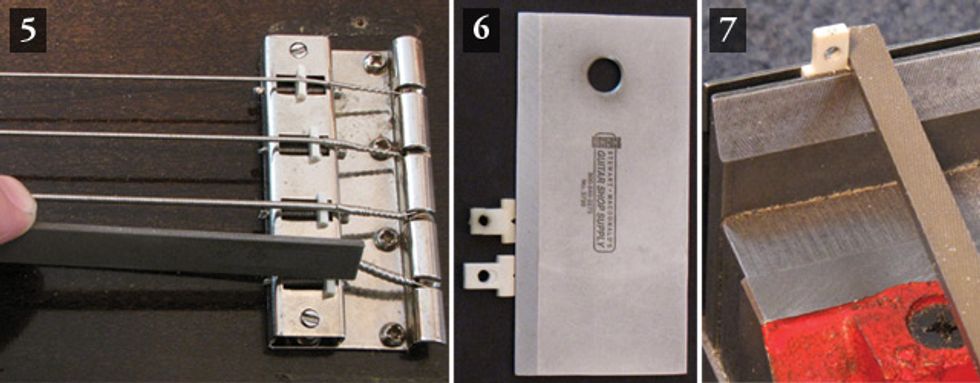

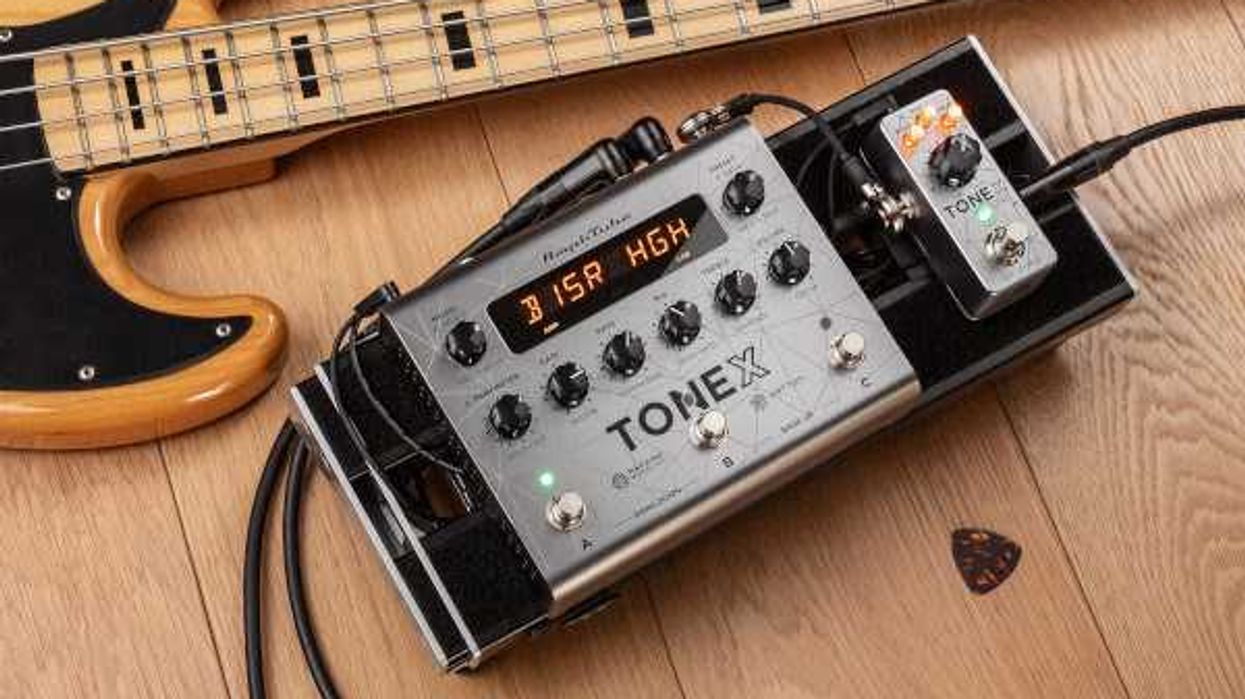

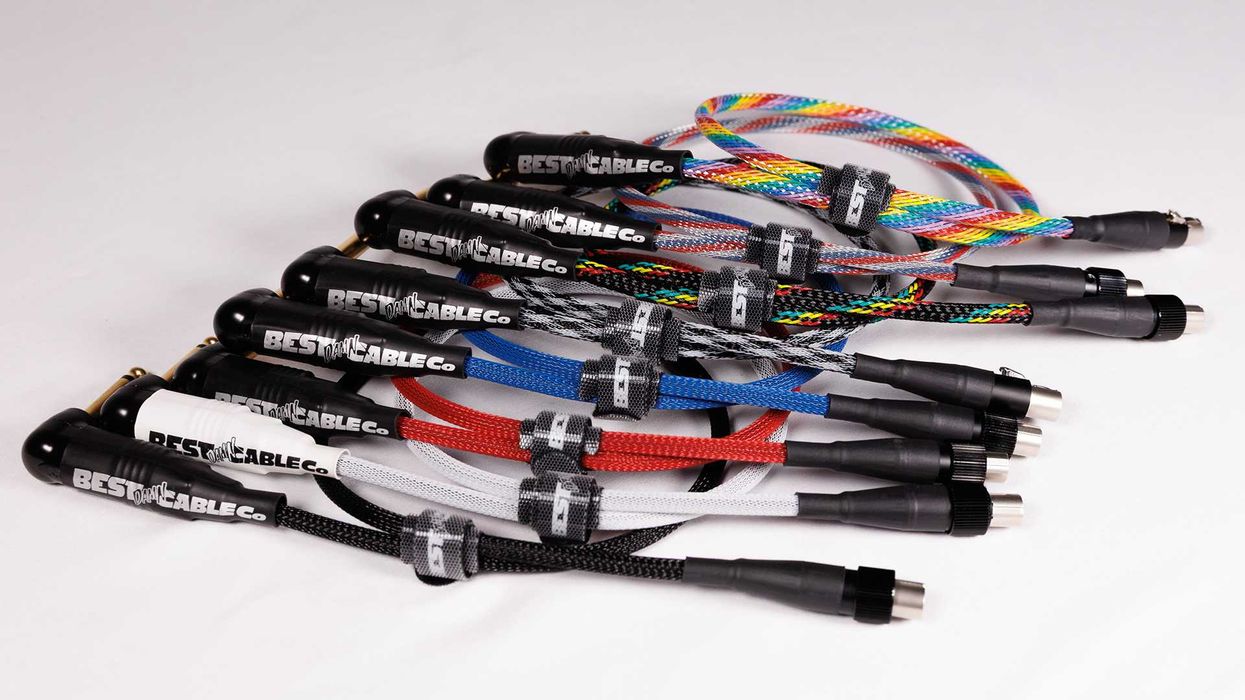


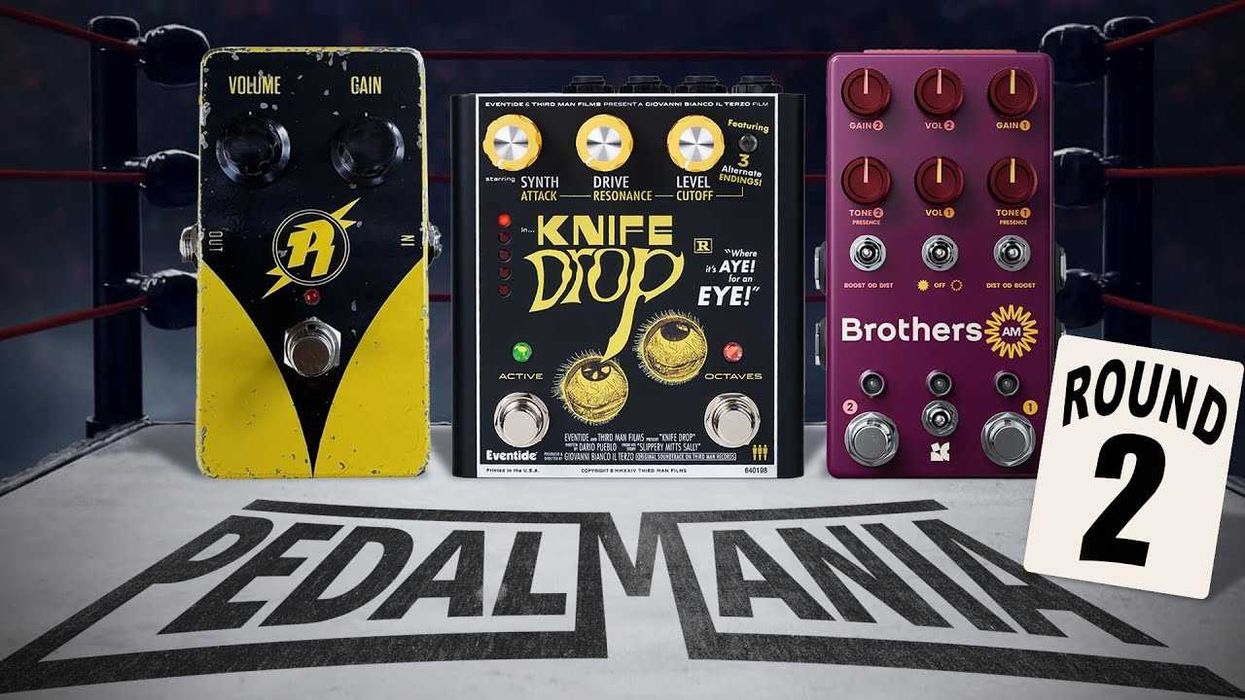
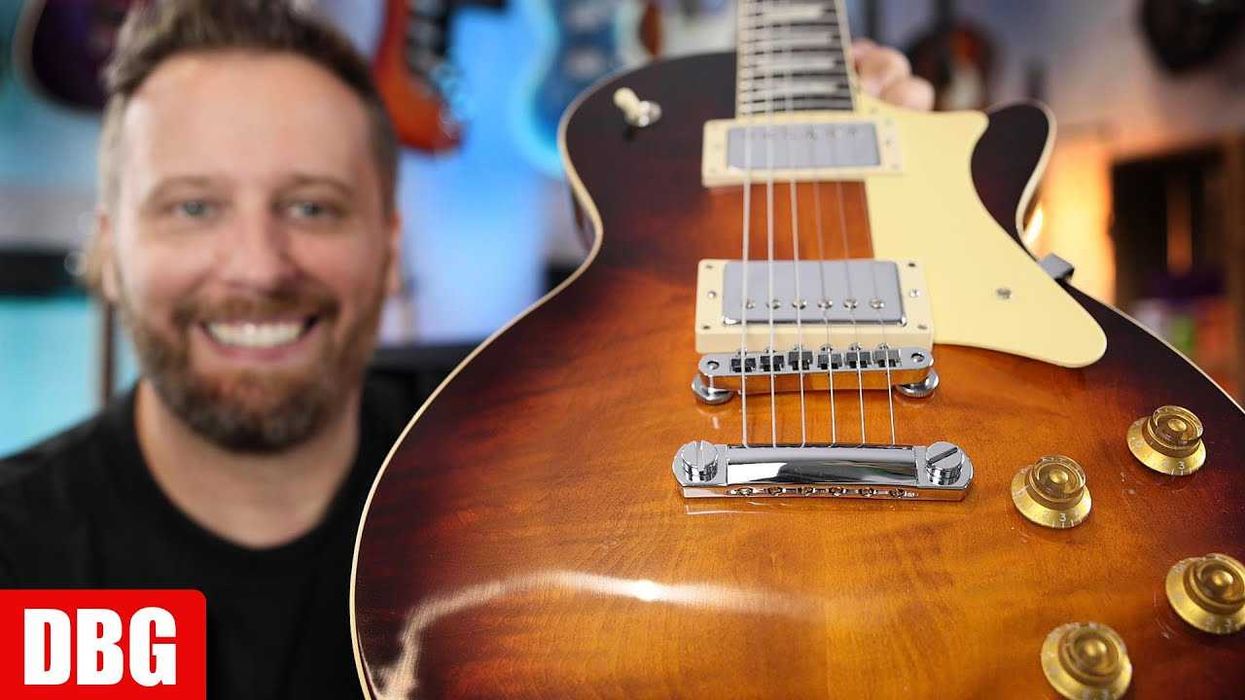

![Devon Eisenbarger [Katy Perry] Rig Rundown](https://www.premierguitar.com/media-library/youtube.jpg?id=61774583&width=1245&height=700&quality=70&coordinates=0%2C0%2C0%2C0)
